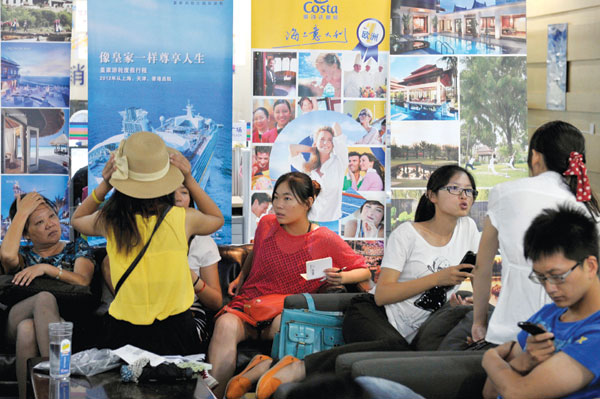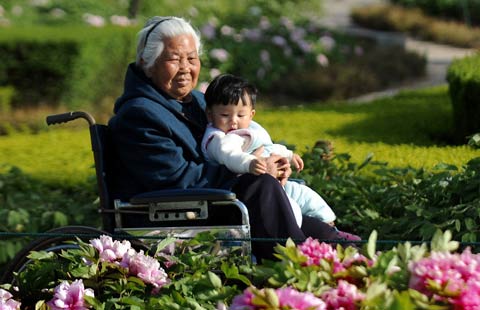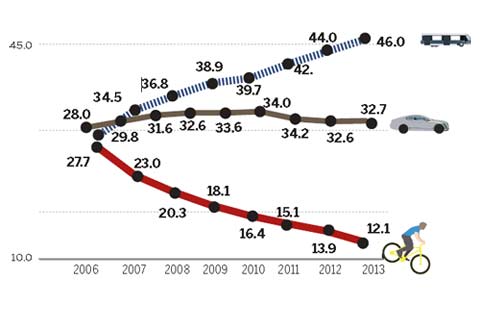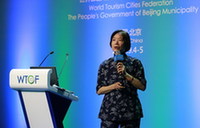Post-80s main force in China's outbound tourism
Updated: 2014-09-21 10:12
(People's Daily Online)
|
|||||||||||
 |
|
A travel agency in Nanjing, Jiangsu province. In 2013, 98.19 million Chinese tourists traveled abroad, an 18 percent increase from the previous year. Photo Provided to China Daily |
The report, jointly produced by WTCF and Ipsos, a market research organization, underlined the factors that affect Chinese tourists' decisions and consumer behaviors, and the factors that affect quality of tourism.
The trend of outbound tourism in China
According to the WTCF report, China outbound travelers spent a total amount of USD 128.7 billion during their trips overseas in 2013, an increase of 26.8 per cent year on year. They tend to spend their money on luxury products during oversea trips. In addition to Hong Kong and Macau (26 per cent), Europe (23 per cent) and US (10 per cent) have become important shopping destinations for Chinese travelers. Lower prices are one of the main incentives for Chinese to shop abroad.
Three factors are or particular significance in the trend towards outbound tourism: Services are becoming more digital, ways of travel are beoming more diverse, and it is becoming much easier for Chinese tourists to travel abroad.
As a result, Chinese tourists made 98.19 million trips in 2013, an increase of 18 per cent year on year.
China's post-80s generation plays a leading role in outbound tourism, accounting for 56.2 per cent, followed by the post-70s (26.4 per cent) and the post-90s (11.3 per cent).
Related Stories
2014 Miss Tourism Int'l to be held in Shenzhen in Dec 2014-09-16 16:14
Digital media help promote tourism 2014-09-05 16:39
Outbound tourism trend: offline to online 2014-09-05 10:56
China's inbound tourism witnesses decline 2014-09-05 10:20
Tourism summit kicks off in Beijing 2014-09-04 17:26
Today's Top News
Scottish voters have rejected independence
Alibaba set to soar at $68 per share
Xi and Modi map out new era
Model filial son kept double life a secret
Parents of dead couple granted embryos
A rise in fallen stars
Thinnest-condom claims lead to lawsuit
US pledges diplomatic resolution of Ukraine crisis
Hot Topics
Lunar probe , China growth forecasts, Emission rules get tougher, China seen through 'colored lens', International board,
Editor's Picks

|

|

|

|

|

|







